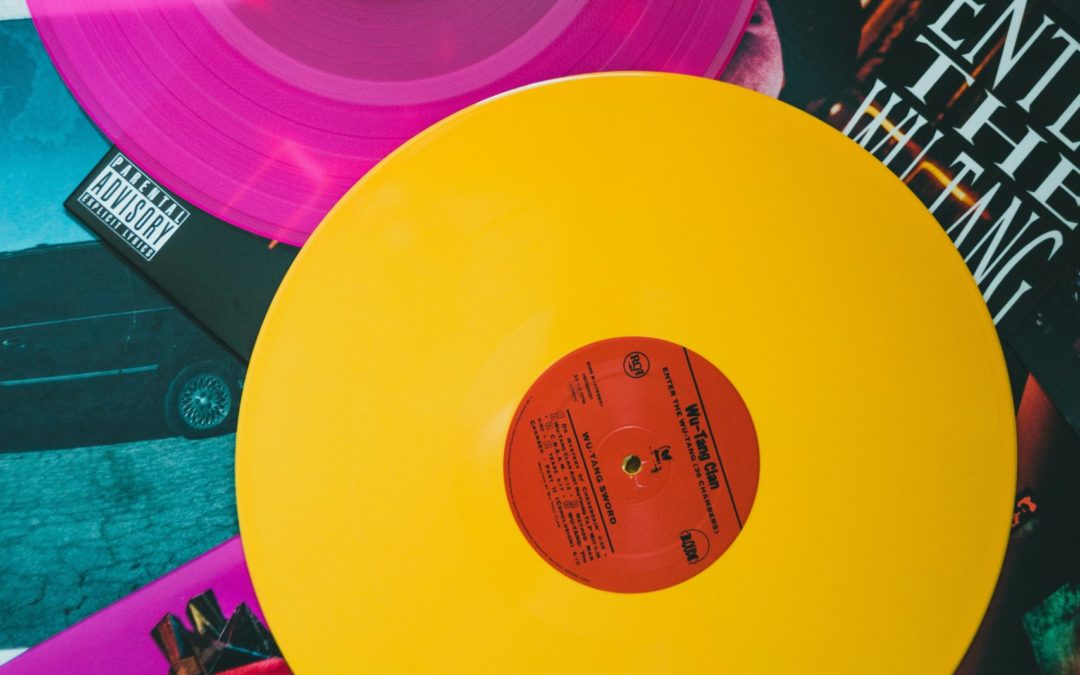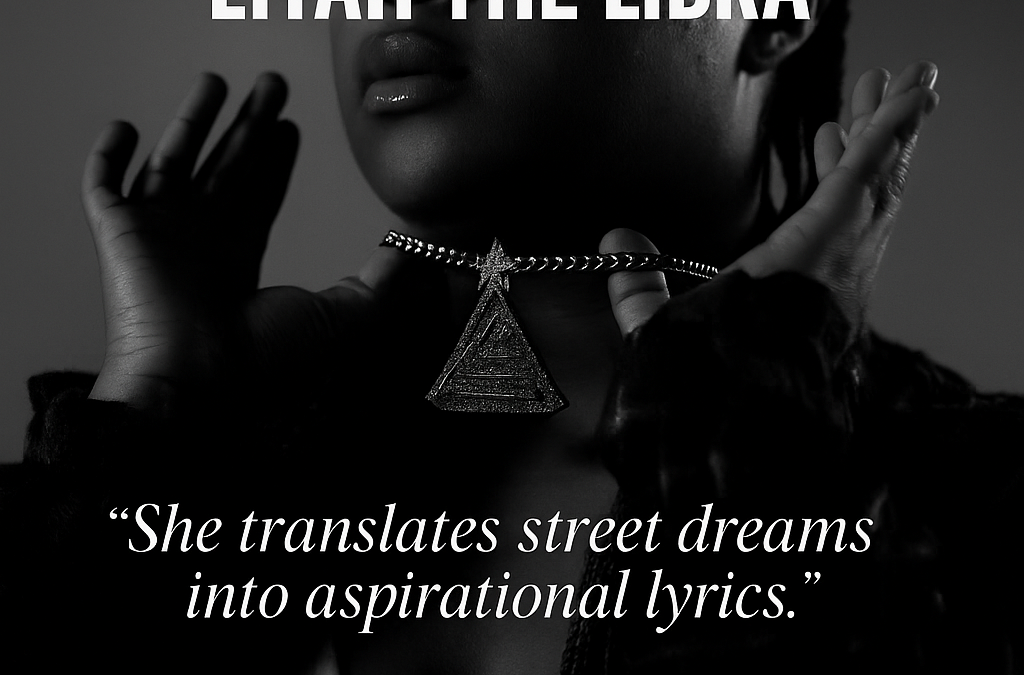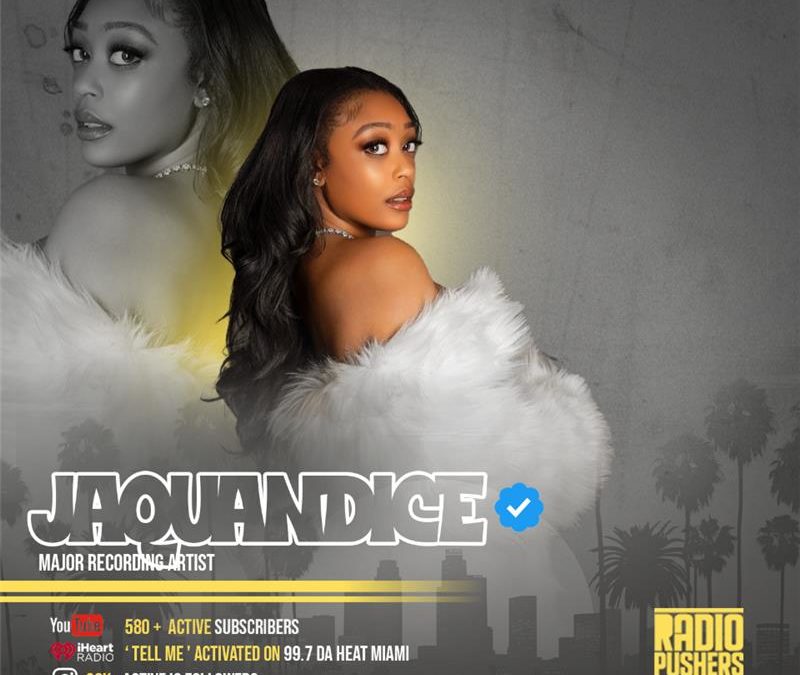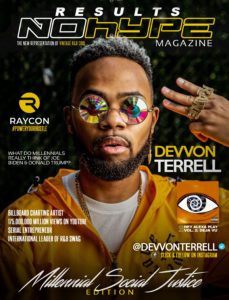
André 3000’s Grammy Absence: A Reflection on Music, Wildfires, and Artistic Evolution
Photo by Michael Held on Unsplash
In a surprising turn of events, the music world was taken aback when André 3000, the acclaimed rapper-turned-flutist, announced his decision to skip the 67th Annual Grammy Awards. This unexpected revelation came on the heels of his nominations for three prestigious Grammy categories, including the highly coveted Album of the Year for his groundbreaking instrumental album, “New Blue Sun.” As fans and industry insiders grapple with this news, it’s crucial to delve deeper into the circumstances surrounding André’s decision, the impact of recent wildfires in Los Angeles, and the broader implications for the music industry.
The Unexpected Announcement
On a quiet Saturday morning, just a day before the star-studded Grammy ceremony, André 3000 took to social media to share his decision with his devoted fanbase. The nine-time Grammy winner expressed his regret at being unable to attend the event, citing unforeseen circumstances. However, he assured his followers that the spirit of “New Blue Sun” would be well-represented at the ceremony.
In his heartfelt message, André stated, “Unfortunately, I’m not able to attend the Grammys tomorrow, but some of the ‘New Blue Sun’ musicians, friends, and supporters will be in attendance.” This announcement sent ripples through the music community, prompting speculation and concern among fans and industry professionals alike.
The Significance of “New Blue Sun”
“New Blue Sun” marked a significant milestone in André 3000’s illustrious career. Released in November 2023, this album represented his first solo venture in seventeen years, following the sixth and final Outkast album, “Idlewild.” What truly set this project apart was its purely instrumental nature, a departure from the rap-centric style that had defined much of André’s earlier work.
The album’s nomination for Album of the Year at the Grammys was a testament to its innovative approach and artistic merit. It showcased André’s evolution as a musician and his willingness to explore new sonic territories. The recognition from the Recording Academy further cemented the album’s place in the annals of contemporary music.
The Los Angeles Connection
In his statement, André 3000 made a poignant reference to Los Angeles, the city where “New Blue Sun” was conceived and recorded. He emphasized the collaborative spirit that permeated the album’s creation, stating, “Our album was conceived and recorded in Los Angeles with the spirit of openness and creative collaboration.”
This connection to Los Angeles took on added significance in light of recent events that had impacted the city. André’s message continued with a heartfelt wish: “We hope that the rebound of Los Angeles is swift and renewing.” This statement alluded to the challenges faced by the city, particularly the devastating wildfires that had recently swept through the region.
The Impact of Wildfires on the Music Community
The mention of Los Angeles’s rebound in André’s statement brought attention to the broader issue of how natural disasters, particularly wildfires, affect the music industry and the creative community at large. Los Angeles, being a hub for entertainment and music production, has faced significant challenges due to recurring wildfires in recent years.
These wildfires have not only posed physical threats to studios, venues, and artists’ homes but have also disrupted the creative process and collaborative spirit that André 3000 highlighted in his album’s creation. The music community’s resilience in the face of such adversities has been remarkable, with many artists and industry professionals coming together to support those affected and to ensure the continuity of their craft.
André 3000’s Artistic Journey
To fully appreciate the significance of André 3000’s Grammy nominations and his decision not to attend the ceremony, it’s essential to understand the trajectory of his artistic journey. Known primarily as one-half of the groundbreaking hip-hop duo Outkast, André has consistently pushed the boundaries of musical expression throughout his career.
From Rap Icon to Instrumental Innovator
André 3000’s transition from a rap icon to an instrumental innovator has been a subject of fascination for many in the music industry. While fans and critics alike had long anticipated a rap-focused solo album from the artist, André surprised everyone with the release of “New Blue Sun,” a project that eschewed vocals in favor of rich, layered instrumentation.
This bold artistic choice was not made lightly. In various interviews, André has spoken candidly about his creative process and the challenges he faced in returning to rap. He admitted to struggling with finding authentic subject matter for rap lyrics, stating, “I’ve worked with some of the newest, freshest, youngest, and old-school producers. I get beats all the time. I try to write all the time. Even now people think, ‘Oh, man, he’s just sitting on raps, or he’s just holding these raps hostage.’ I ain’t got no raps like that. It actually feels… sometimes it feels inauthentic for me to rap because I don’t have anything to talk about in that way.”
Collaborations and Explorations
Despite his reservations about returning to rap, André 3000 has not been entirely absent from the hip-hop scene. Over the past decade, he has collaborated with notable artists such as Ye (formerly known as Kanye West) and Frank Ocean. These collaborations have allowed André to contribute his unique perspective and skills to various projects while continuing to explore his own artistic direction.
The journey from these collaborations to the creation of “New Blue Sun” is a testament to André’s commitment to artistic authenticity and growth. By choosing to focus on instrumental music, he has opened up new avenues for expression and challenged both himself and his audience to experience music in different ways.
The Grammy Nominations
André 3000’s nominations for the 67th Annual Grammy Awards are a reflection of both his artistic evolution and the music industry’s recognition of innovative approaches to composition and performance.
These nominations span a diverse range of musical categories, highlighting the album’s unique position at the intersection of various genres and styles. The inclusion of “New Blue Sun” in the Album of the Year category, in particular, speaks to its impact and the respect it has garnered within the industry.
The Significance of the Nominations
For an artist primarily known for his work in hip-hop, these nominations in jazz and instrumental categories represent a significant shift in perception and recognition. They validate André 3000’s artistic choices and demonstrate the Recording Academy’s willingness to acknowledge and celebrate genre-defying works.
The Album of the Year nomination, in particular, places “New Blue Sun” alongside some of the most commercially successful and critically acclaimed albums of the year. This recognition not only elevates André’s status as a multifaceted artist but also opens up discussions about the nature of genre classifications and the evolving landscape of contemporary music.
The Decision to Skip the Grammys
André 3000’s announcement that he would not be attending the Grammy Awards ceremony came as a surprise to many, given the significance of his nominations. While the exact reasons for his absence were not explicitly stated, his message provided some insights into his perspective and priorities.
The Impact of His Absence
While André 3000’s physical absence from the Grammy ceremony is notable, his presence will undoubtedly be felt through the music of “New Blue Sun” and the recognition it has received. His decision to have the album represented by his collaborators and supporters emphasizes the collaborative nature of the project and the importance of the music itself over individual accolades.
The Los Angeles Music Scene and Wildfires
André 3000’s reference to the “rebound of Los Angeles” in his statement brings attention to the challenges faced by the city’s vibrant music scene, particularly in the wake of recent wildfires. Los Angeles has long been a crucible of musical innovation and collaboration, serving as a hub for artists across genres.
The Impact of Wildfires on the Creative Community
Recent years have seen Los Angeles and its surrounding areas grappling with increasingly severe wildfire seasons. These natural disasters have had profound effects on the city’s residents, including its large community of musicians, producers, and industry professionals.
Community Response and Resilience
Despite these challenges, the Los Angeles music scene has demonstrated remarkable resilience. Artists, industry professionals, and community members have come together to support those affected by wildfires through benefit concerts, fundraising initiatives, and mutual aid networks. This spirit of collaboration and support echoes the “spirit of openness and creative collaboration” that André 3000 cited in the creation of “New Blue Sun.”
The Evolution of André 3000’s Musical Style
André 3000’s journey from hip-hop innovator to instrumental composer is a fascinating study in artistic evolution. This transformation reflects not only his personal growth as a musician but also broader trends in the music industry towards genre-blending and experimentation.
From Outkast to Solo Experimentation
As a member of Outkast, André 3000 was instrumental in pushing the boundaries of hip-hop, incorporating elements of funk, soul, and psychedelia into the duo’s sound. Albums like “Aquemini” and “Speakerboxxx/The Love Below” showcased his willingness to experiment with different musical styles and lyrical approaches.
Following Outkast’s hiatus, André’s musical output became more sporadic but no less innovative. His guest verses on tracks by other artists often stood out for their technical brilliance and thought-provoking content. However, it was clear that André was searching for new modes of expression beyond traditional rap.
The Shift to Instrumental Music
The release of “New Blue Sun” marked a definitive shift in André’s musical direction. By focusing on instrumental compositions, he freed himself from the constraints of lyrical expectations and opened up new avenues for sonic exploration. This move also allowed him to showcase his skills as a multi-instrumentalist, with a particular focus on the flute.
The album’s blend of jazz, ambient, and experimental elements creates a unique soundscape that defies easy categorization. This genre-defying approach is reflective of André’s career-long resistance to being pigeonholed into a single style or sound.
By drawing from such a wide array of inspirations, André has created a musical experience that invites listeners to expand their own sonic horizons.
The Significance of “New Blue Sun” in Contemporary Music
“New Blue Sun” stands as a significant work in the landscape of contemporary music, challenging conventions and blurring the lines between genres. Its nomination for Album of the Year at the Grammys underscores its impact and the industry’s recognition of its innovative approach.
Breaking Down Genre Barriers
The album’s success in garnering nominations across different categories (Instrumental Composition, Alternative Jazz, and Album of the Year) highlights its ability to transcend traditional genre classifications. This cross-genre appeal speaks to a growing trend in the music industry towards more fluid and inclusive categorizations of musical styles.
Redefining Artist Expectations
André 3000’s shift from rap to instrumental music challenges preconceived notions about artist evolution and career trajectories. By pursuing a path that feels authentic to his current artistic vision, regardless of commercial expectations, André sets an example for other artists seeking to explore new creative directions.
Elevating Instrumental Music
The recognition of “New Blue Sun” in mainstream award categories like Album of the Year brings increased attention to instrumental music. This acknowledgment could potentially open doors for other instrumental works to receive similar recognition in the future, enriching the diversity of music celebrated at major award shows.
The Role of Collaboration in “New Blue Sun”
André 3000’s emphasis on the collaborative nature of “New Blue Sun” in his Grammy announcement highlights an important aspect of the album’s creation. This focus on collaboration reflects a broader trend in the music industry towards more interconnected and diverse creative processes.
The Collaborative Process
The creation of “New Blue Sun” involved a series of improvisational sessions and collaborative explorations. This approach allowed for spontaneous creativity and the blending of different musical backgrounds and techniques. The result is an album that feels both cohesive and expansive, reflecting the diverse inputs of its contributors.
Impact on the Final Product
The collaborative nature of the album’s creation is evident in its sound. The interplay between different instruments and styles creates a dynamic and evolving sonic landscape that rewards repeated listening. This approach to music-making also aligns with André 3000’s stated desire to move beyond the constraints of his previous work and explore new creative territories.
The Intersection of Music and Social Issues
André 3000’s reference to the “rebound of Los Angeles” in his Grammy announcement touches on the broader relationship between music and social issues. This connection is particularly relevant in the context of natural disasters like wildfires and their impact on communities.
Music as a Tool for Healing and Unity
In times of crisis, music often serves as a powerful medium for healing, unity, and raising awareness. The Los Angeles music community has a history of coming together to support causes and address social issues, from benefit concerts to collaborative projects aimed at driving change.
Artists as Advocates
Many artists, including André 3000, use their platforms to draw attention to important social and environmental issues. By mentioning Los Angeles’s recovery in his statement, André subtly highlights the ongoing challenges faced by the city and its residents, potentially inspiring further support and action from his fanbase and the wider music community.
The Role of Music in Community Resilience
The creation and performance of music can play a significant role in building community resilience in the face of challenges like natural disasters. Music events, whether live or virtual, can bring people together, provide emotional support, and help raise funds for recovery efforts.
Looking to the Future: André 3000’s Musical Path
As André 3000 continues to evolve as an artist, fans and critics alike are eager to see where his musical journey will lead next. The success and recognition of “New Blue Sun” open up new possibilities for his future creative endeavors.
Regardless of the specific direction André 3000 chooses to pursue, his continued evolution as an artist is likely to have a significant impact on the music industry. His willingness to take risks and explore new territories serves as an inspiration to both established and emerging artists, encouraging creative experimentation and genre-defying approaches to music-making.
Conclusion: The Enduring Legacy of André 3000
As the music world processes André 3000‘s decision to skip the Grammy Awards, it’s clear that his influence extends far beyond his physical presence at any single event. The nominations for “New Blue Sun” across multiple categories stand as a testament to his artistic vision and the album’s impact on contemporary music.
André’s journey from hip-hop innovator to instrumental composer reflects the ever-evolving nature of musical creativity. His emphasis on authenticity and willingness to explore new sonic territories serve as an inspiration to artists across genres. The collaborative spirit embodied in “New Blue Sun” and André’s supportive message for Los Angeles’s recovery highlight the interconnectedness of music, community, and social issues.
As fans and critics eagerly anticipate André 3000’s next artistic move, one thing remains certain: his unique voice and perspective will continue to shape the landscape of modern music for years to come. Whether through instrumental compositions, potential returns to vocal work, or yet-unexplored creative avenues, André 3000’s musical journey promises to be as innovative and inspiring as ever.
In the end, André’s Grammy nominations and his decision to let the music speak for itself at the ceremony underscore a fundamental truth: great art transcends awards and accolades. It’s the impact on listeners, the pushing of boundaries, and the authentic expression of creativity that truly define an artist’s legacy. In this regard, André 3000 has already secured his place as one of music’s most intriguing and influential figures.







RECENT COMMENTS